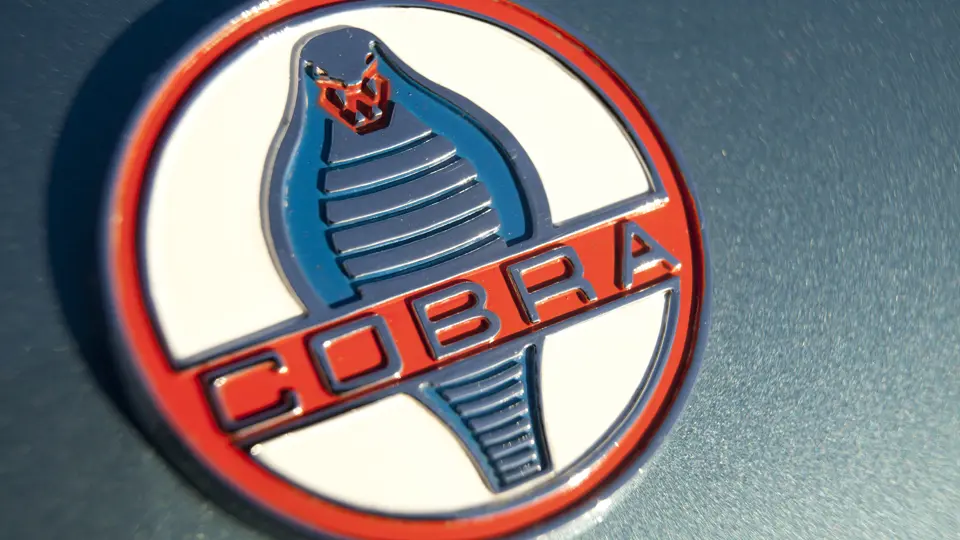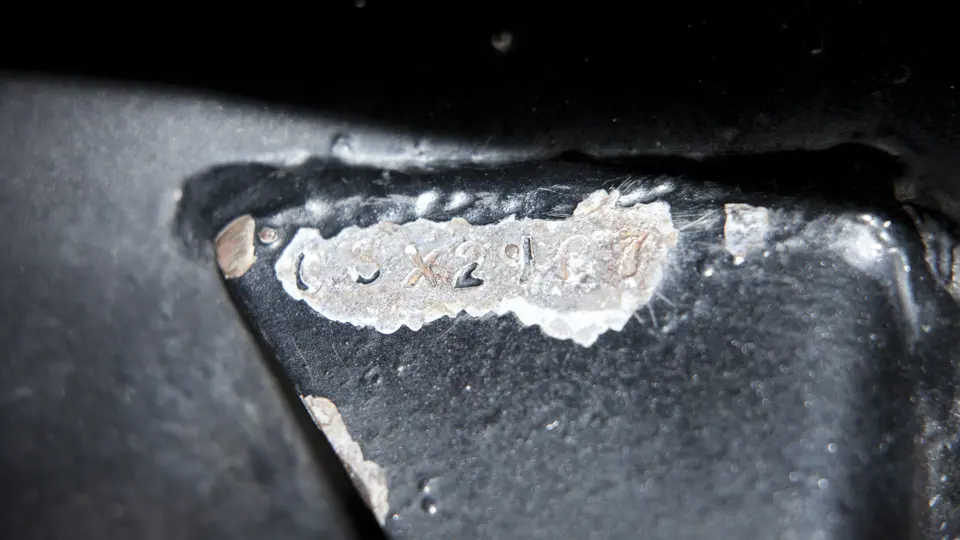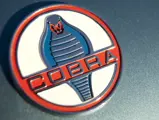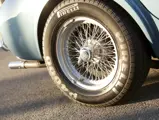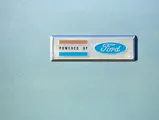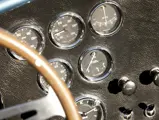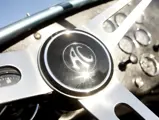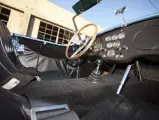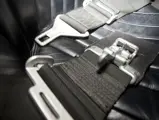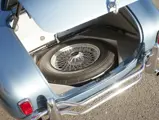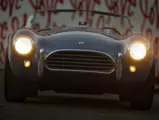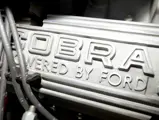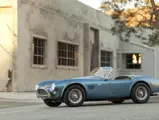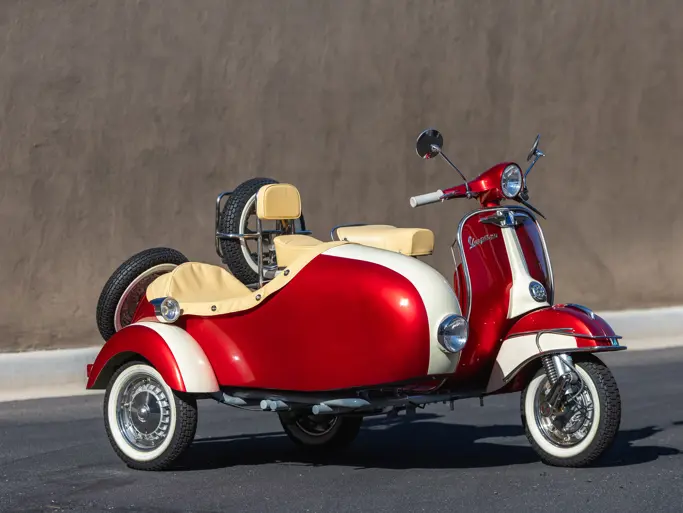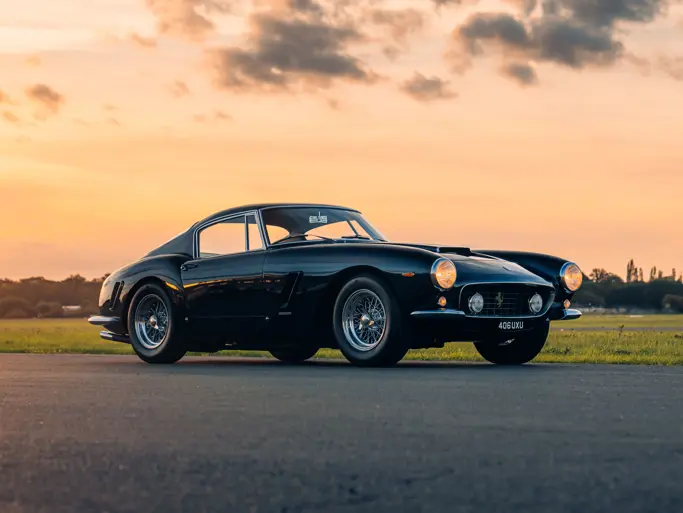271 hp, 289 cu in OHV V-8 engine, four-barrel carburetor, four-speed transmission, ladder-type steel tubing chassis with independent front and rear suspension with A-arms, transverse leaf springs and tube shock absorbers, and four-wheel hydraulic disc brakes. Wheelbase: 90"
Titled in 1964.
• Original Ford New York District Office sales promotion car
• Fully-documented with SAAC registry; indicates 30,500 miles from new
• Finished in Guardsman Blue/Black interior, with top and side-curtains
Carroll Shelby wanted a sports car that bore his name, and his first thought was to build a V-8 powered Austin-Healey 3000. But Donald Healey had a BMC factory deal, so that was off. Fortunately, AC Cars, of Thames Ditton, Surrey, was more amenable. The John Tojeiro-designed Ace roadster was about to lose its hottest motor, a two-liter prewar BMW six.
Bristol Cars had been making the engine under license, but their beefy “Gentleman’s Express” coupes had stretched it to its limit. Bristol decided to use a 331-cubic inch Chrysler Hemi V-8, so AC needed a new motor. The Hurlock brothers, who owned AC, were stumped. Tuner Ken Rudd could get 170 horsepower from the 2.6-liter English Ford Zephyr OHV six, which wouldn’t last long.
Shelby asked GM to sell him a small block Chevrolet V-8, but GM didn’t want to subsidize Corvette competition. This would prove to be a big mistake. Hotrod magazine editor Ray Brock told Shelby about a new lightweight Ford V-8 engine, which displaced 221-cubic inches and weighed little more than the Bristol six. Ford engineer Dave Evans offered Shelby a couple of 260-cubic inch high-performance motors designed for the Falcon Sprint; Shelby flew to England on February 1, 1962 to test the new AC Cobra, and the rest is history.
To put Carroll Shelby’s first 1962 Cobra roadster in perspective, it was four inches shorter, five inches narrower, and 200 pounds lighter than the 1990 Mazda Miata. It was also powered by a 260 horsepower, 260-cubic inch Ford V-8 with a Borg-Warner four-speed transmission, which translated to 0–60 mph in 4.2 seconds, with a 13.8 second quarter mile at 112 mph and a top speed of 153 mph at Riverside International Raceway, all in 1962.
As the new cars were completed in Shelby’s California factory, they headed to the nearby race track. The first 75 were powered by the 260-cubic inch motor, followed by the 289 Windsor V-8. In race prep, this offered 370 horsepower in a car that weighed only 2,020 pounds, 500 less than the Corvette. The writing was on the wall, and on February 2, 1963, Dave MacDonald scored the first Cobra victory at Riverside, annihilating a field of Corvettes, Jaguars, Porsches, and Maseratis. Sports racing suddenly had a new benchmark, and Shelby’s Cobras would torment the Corvettes every time they met.
The car on offer is a CSX 2167, a 1963 289 Cobra with 30,500 original miles and complete provenance, as documented through the SAAC registry. It was shipped to Shelby American in Los Angeles on August 30, 1963, aboard the SS Loch Garth; the options for this car included whitewall tires and a luggage rack for a total of $5,500.50. From there, it was sent by transporter to Gotham Ford in New York City to be used by Ford’s District Office as a sales promotion unit.
In mid-1964, CSX 2167 was released by Ford to the Gotham dealership with little mileage. Gotham Ford sold it in June 1964, and it was returned for engine warranty work in July, indicating 1,350 miles. The owner at this point was a Mr. Liebowitz, of the Tarrell Building Corp. in Glen Cove, New York.
The next owner, Ray Cuomo, of Huntingdon, New York, bought CSX 2167 in April 1969. Cuomo had previously raced CSX 2009 and described CSX 2167 as “immaculate in condition; the top and side curtains had never been used, and it had less than 10,000 miles on it.” He also noted that the car was fitted with Weber carburetors and chrome wire wheels and that it had cooling scoops underneath the front valence, which it retains today. Cuomo sold CSX 2167 in October 1970 to Pat Johnson, of Virginia, who would own it for another 10 years. Johnson sold it to Edwin Bunn, of Grundy, Virginia, in 1980, and he had it registered as 65COBRA.
In the mid-1980s, CSX 2167 was restored in the southeast. The frame was sleeved to strengthen it, the engine brakes and suspension were rebuilt, and it was repainted in Emerald Blue, which was a non-metallic color. Other changes included an alloy fuel tank, a Holley carburetor on a Cobra intake, Dayton wire wheels with Goodyear tires, new exhaust, and new black vinyl interior. When the car was finished in December 1986, indicated mileage totaled 21,132.
Bunn sold CSX 2167 in October 2001, to Richard Cohen and Larry Smith, of Florida. It was acquired a year later by Kay Hafner, of Essen, Germany, who sold it to famous and successful racing driver Frank Sytner in the UK, who registered it with the period-correct marker plate ANU 950A. It was subsequently offered by Gregor Fisken in the UK, who had it repainted in Guardsman Blue. Jon Savage, of Providence, Rhode Island, bought CSX 2167 in May of 2005 and brought the car back to the U.S., where it was serviced by KTR Engineering. CSX 2167 was later sold in 2007, to David Paulson, of Westlake Village, California.
There is no doubt that this 289 Cobra has been lovingly maintained throughout its well-traveled life. Its history is well-documented and incident-free, it has an original engine bay, and the top and side curtains are still in their bag in the trunk. Since Shelby’s death on May 10, 2012, interest in his cars has risen to new levels, including a special focus at Laguna Seca historic races this August. As a first-class example of Carroll Shelby’s favorite model, CSX 2167 is bound to bring its new owner approbation wherever he or she appears.





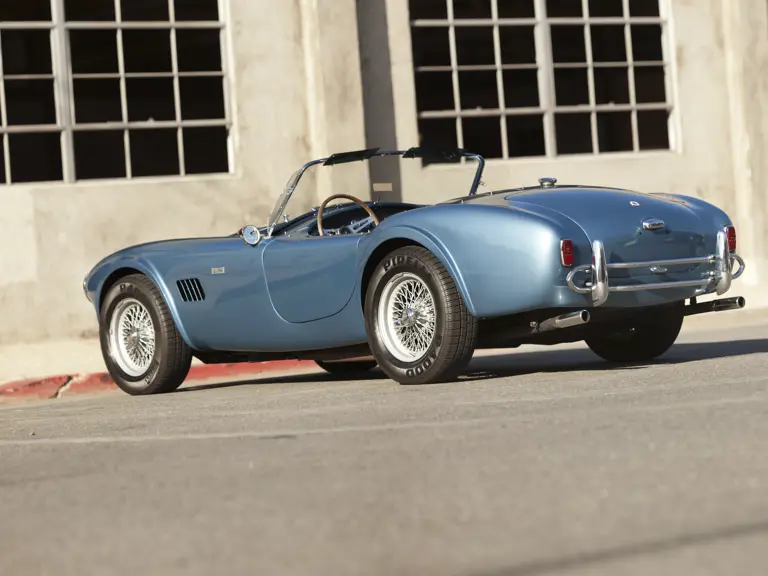
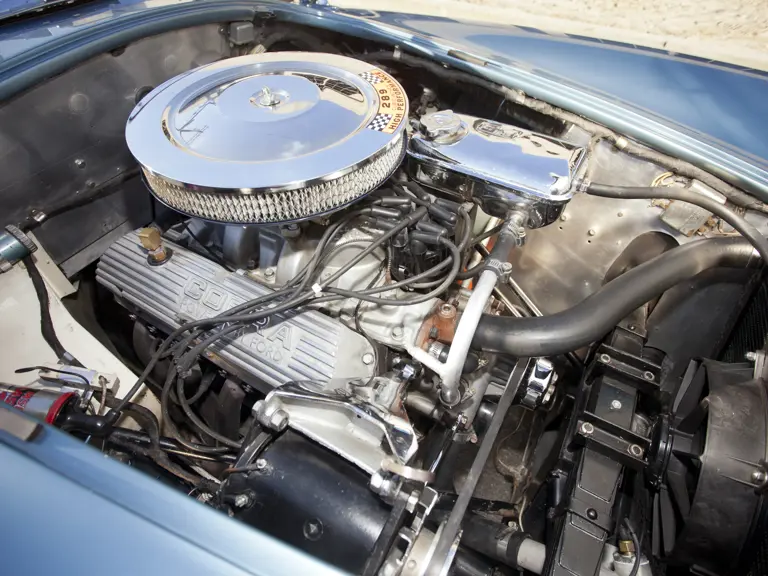
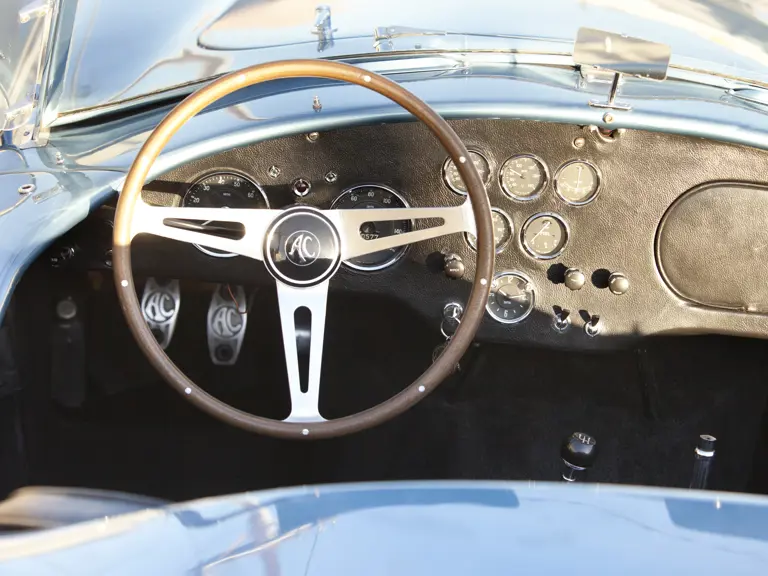
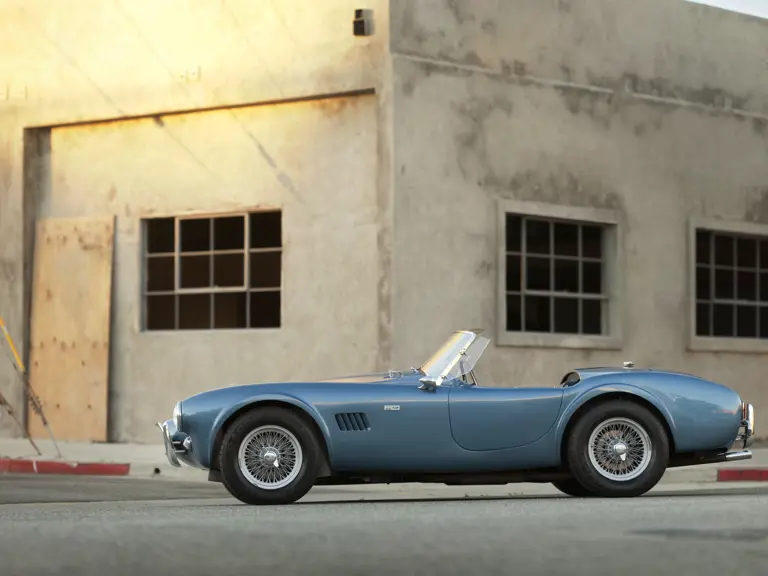
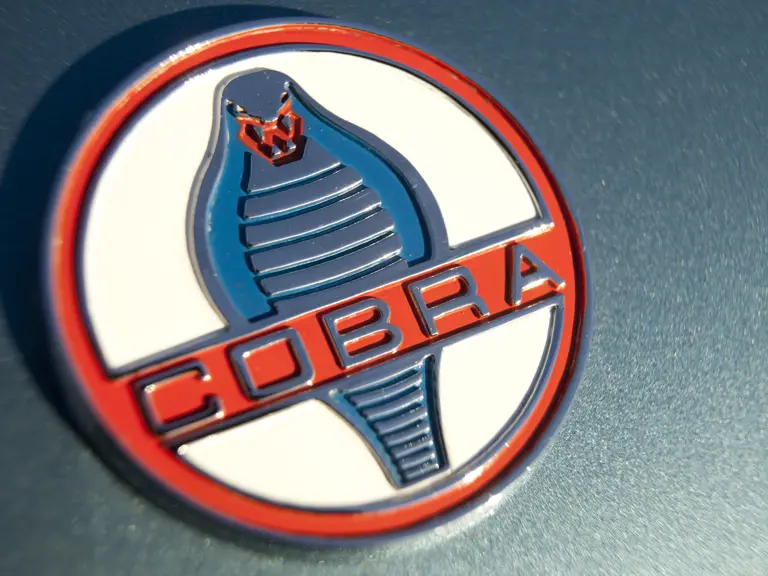


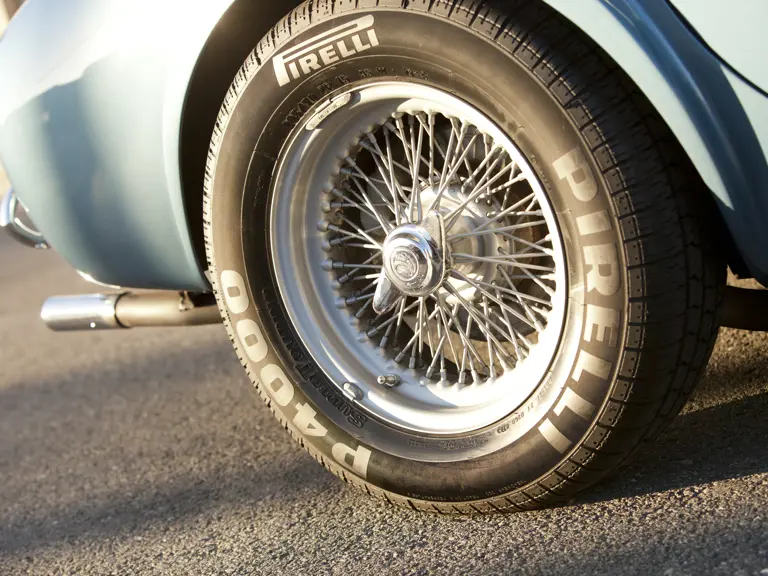
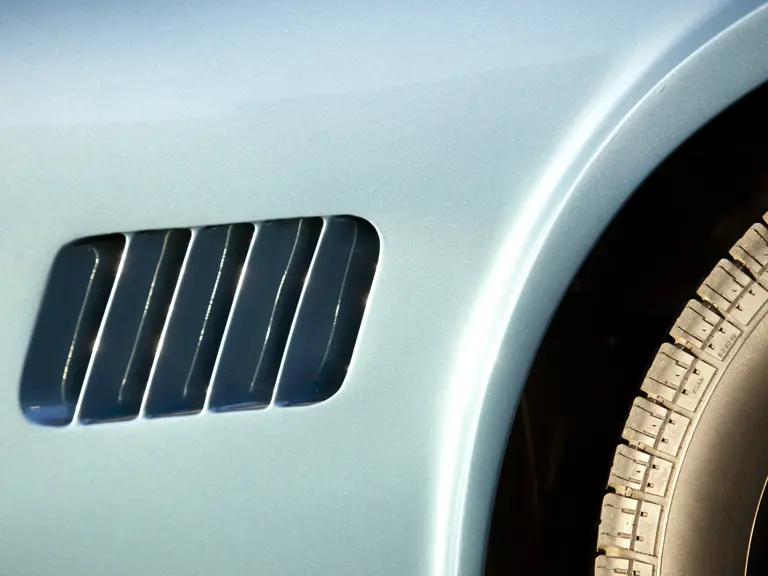
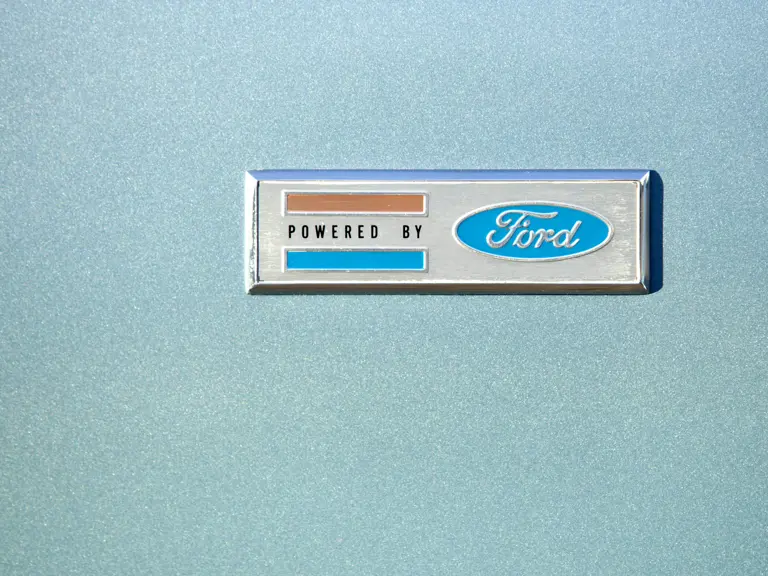
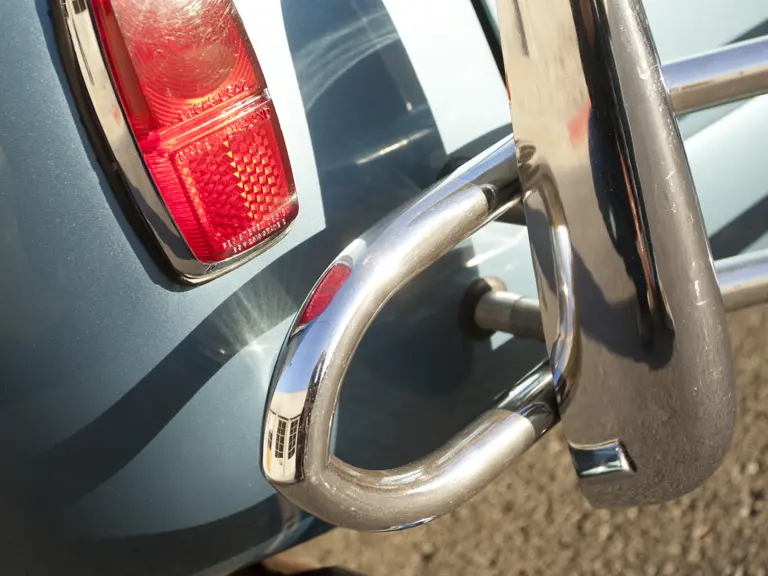
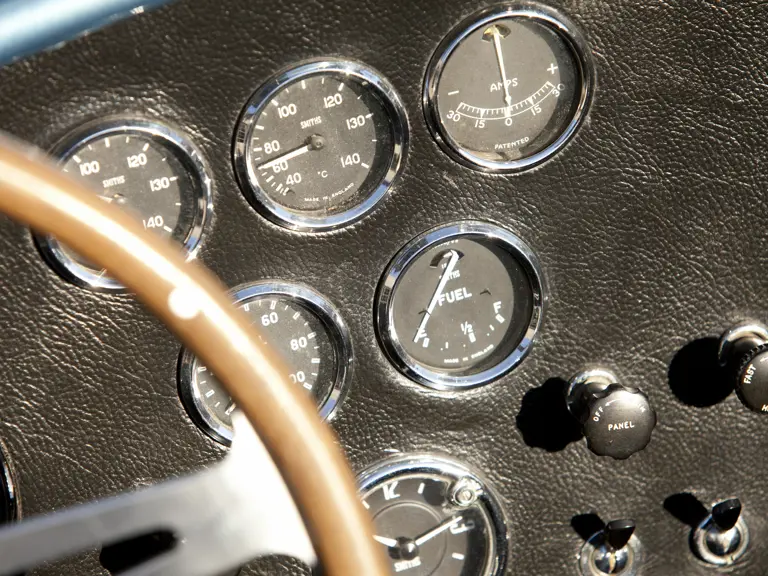
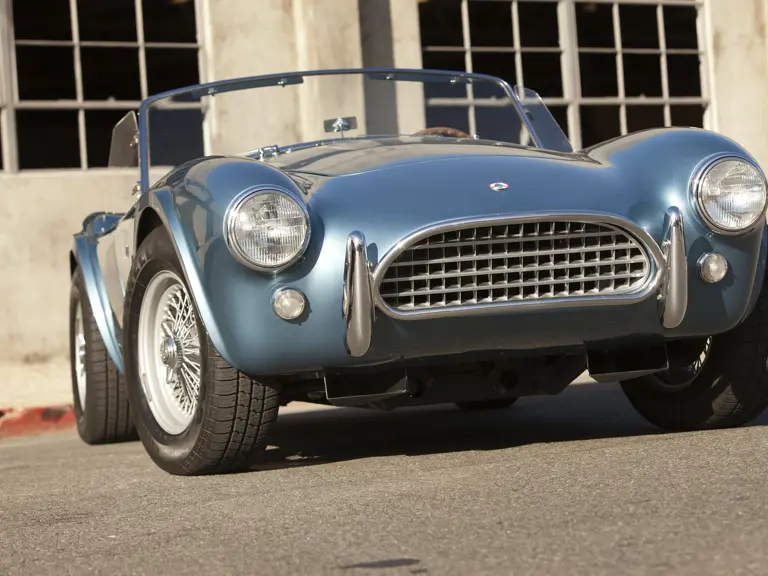
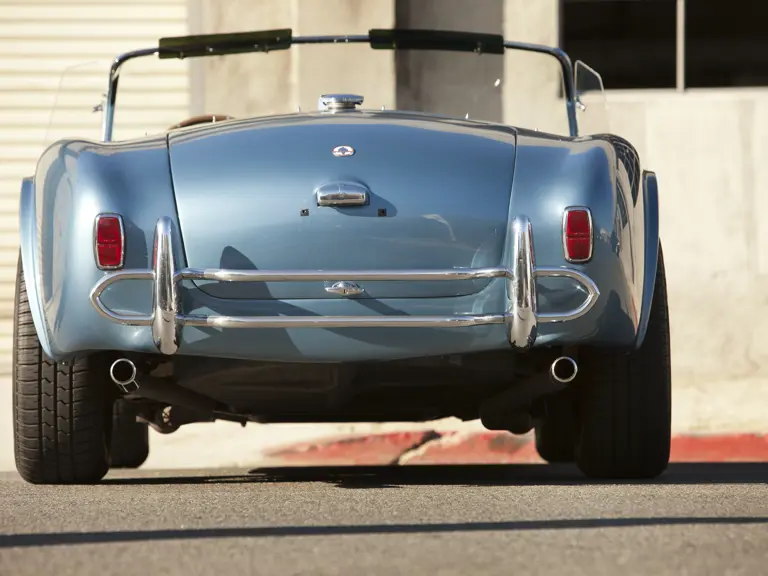

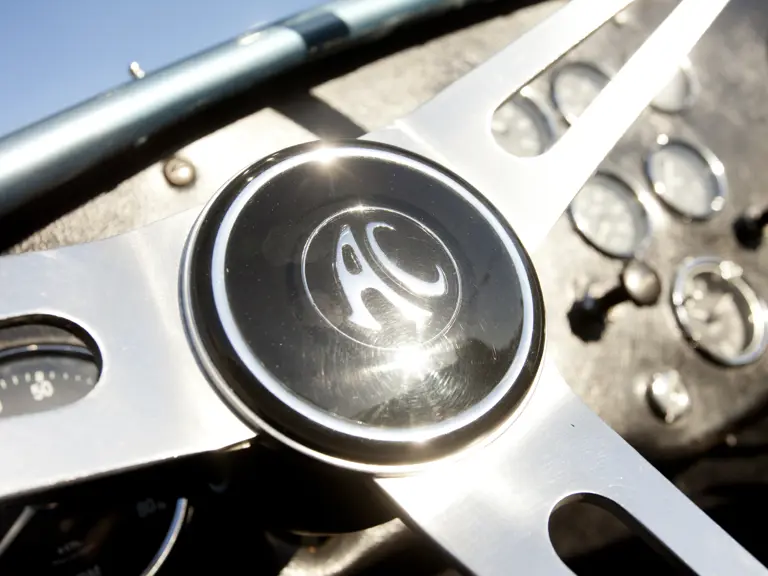
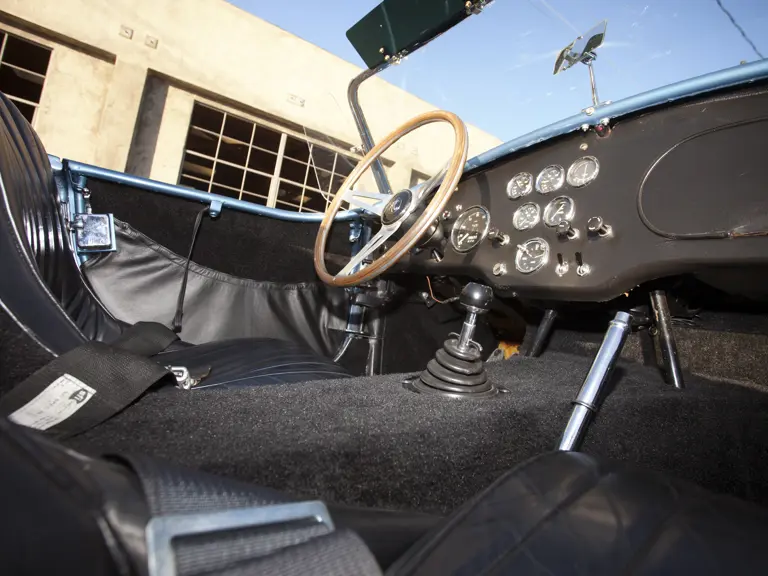
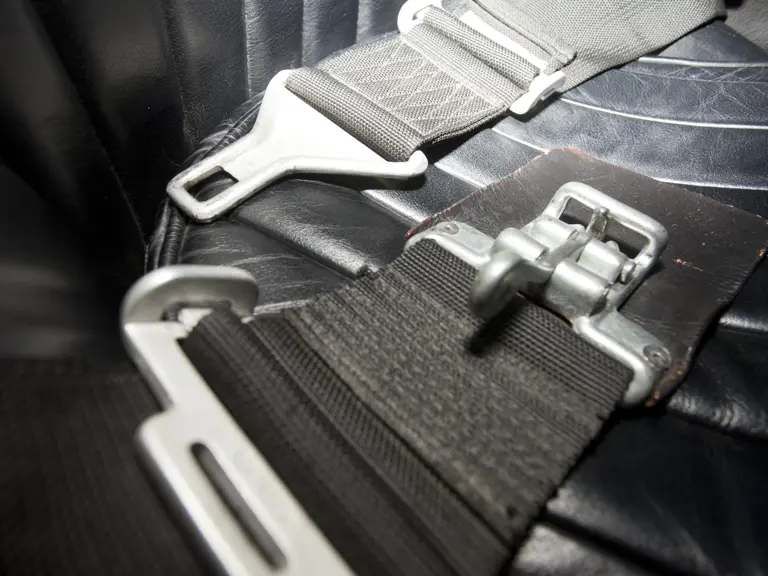
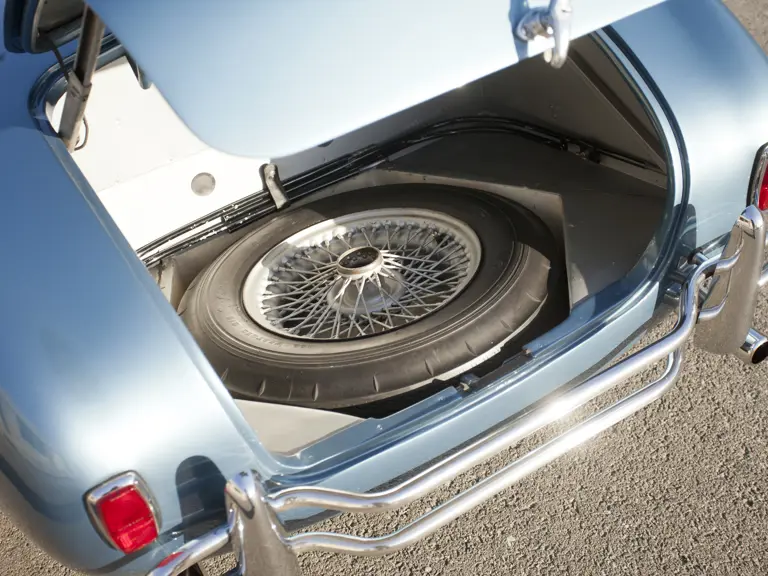
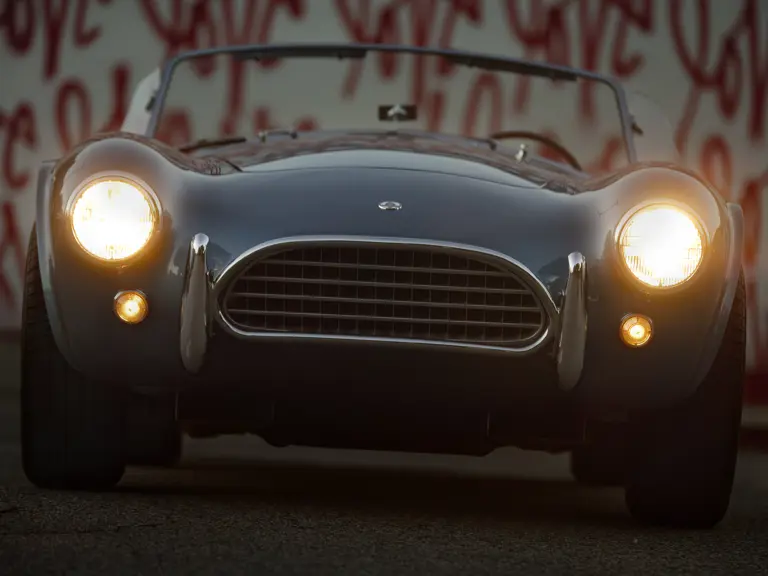
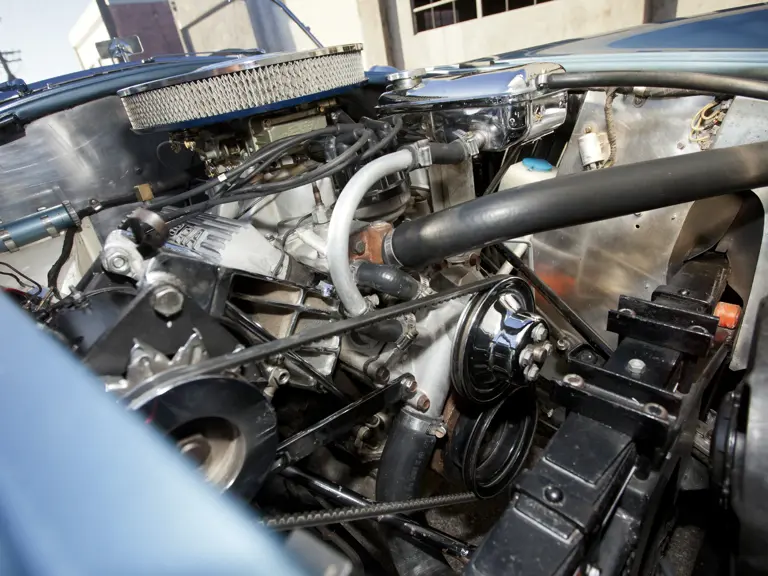
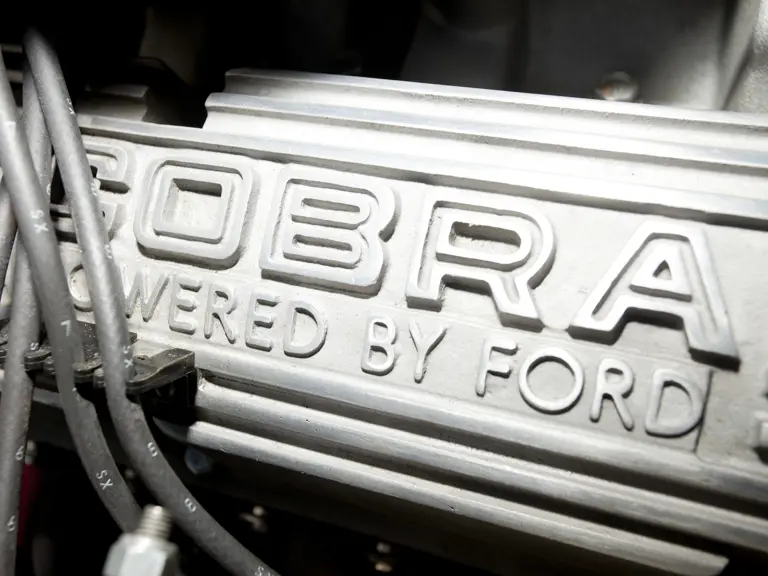

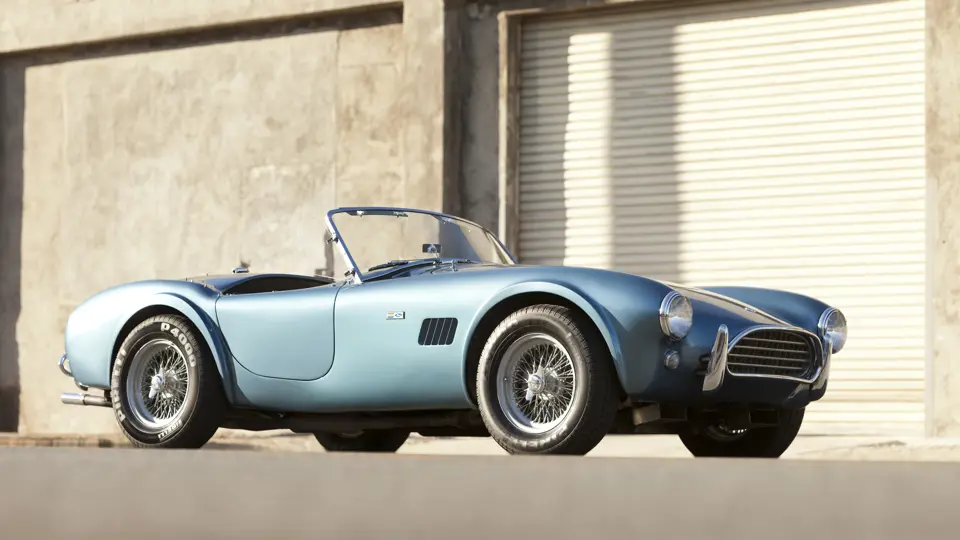
 | Monterey, California
| Monterey, California

